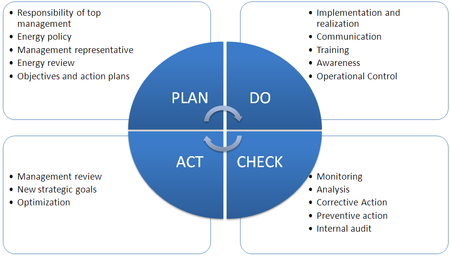
Can implementing an EMS save the planet?

When we look closely, these challenges are symptoms of a fixed production cycle whose only aim is to manufacture goods to keep the economy growing. Considering we have grown out of the building stage of the process and have options of restructuring the production cycle, if businesses were to realign their goals, overcoming challenges to sustainability would not seem so distant. A great way to explain the lifecycle and production chain better is through Annie Leonard’s 22-minute documentary, “The Story Of Stuff” which takes the viewer through the five stages of production—Extraction, Production, Distribution, Consumption, and Disposal.
She traces the incredible trajectory of what goes on in the making of a simple cotton T-shirt—occupation of new lands, sourcing of the cotton, deforestation due to overyielding the land, use of toxic chemicals to enhance raw and natural materials and produce manufactured goods, exploitation of labour and fuels in production and transportation and creation of unwanted gasses through the cycle, all for a piece of clothing that would hold market value only for a couple of months.
Similar was the story of dirt-cheap radios in the market and computer chips that used tremendous energies to manufacture, polluted the environment and led to biodiversity damage only to end up in landfills that caused further deterioration of the ecosystem.
This is where an EMS or Environment Management System come in place, which is a structured framework that allows businesses to maintain resource efficiency and rethink life cycle considerations to achieve environmental improvement.
External URL: https://www.linkedin.com/posts/tamma-carel_emstraining-environmentalmanagement-hse-activity-6838797478704250880-8Lr5
By Imvelo
448 Views
Recent Posts
- Heliex Power Saves Formaldehyde Producers £500k
- NEPIC spoke with member, Alpek Polyester UK Ltd to learn how they develop their workforce for the future and discover more about their mission to educate on PET
- FEG Global Designs Self-Powering Facility In Ghana
- Thorne & Derrick Electrifying Industry With 3M
- UK MP and chemical engineer Chris McDonald keen to unite the worlds of engineering and politics
Back to News >



